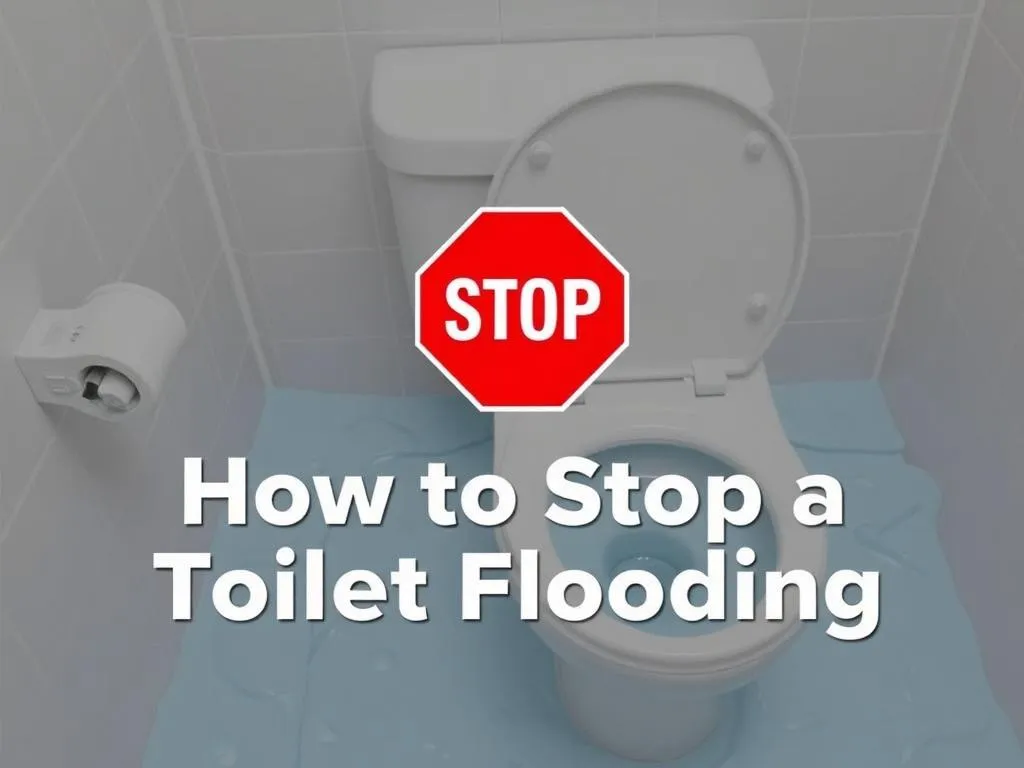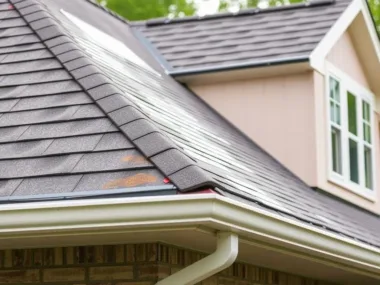Stop Toilet flooding, overflow, and leaking at the base can be stressful, but they’re often fixable with the right knowledge. Learn key causes, step-by-step solutions, and preventive tips in our complete guide to maintaining your toilet and avoiding future issues.
How to Stop Toilet Flooding, Overflow, and Leaking at the Base: A Complete Guide
Toilet troubles got you in a twist? Don’t worry, we’ve all been there. A flooding toilet or a mysterious leak can turn your bathroom into a disaster zone faster than you can say “plumber.” But before you reach for the phone (or the mop), take a deep breath. Most toilet issues are fixable with a little know-how and a lot of patience. In this guide, we’ll walk you through everything you need to know about toilet flooding, overflow, and leaks—plus, how to stop them in their tracks. Let’s dive in!
What Causes Toilet Flooding and Overflow?
First things first: why is your toilet acting up? There are a few usual suspects when it comes to flooding and overflow:
- Clogs: The number one cause of toilet troubles. Hair, paper, or even a rogue toy can block the drain, causing water to back up.
- Faulty Flappers: The flapper is the rubber seal that controls water flow from the tank to the bowl. If it’s worn out or misaligned, it can lead to overflow.
- Fill Valve Issues: The fill valve regulates the water level in the tank. If it’s set too high, water can spill over into the overflow tube.
- Sewer Line Problems: Sometimes, the issue isn’t with your toilet at all. A clog or backup in the main sewer line can cause multiple toilets to overflow.
Understanding the cause is half the battle. Once you know what’s wrong, you can take the right steps to fix it.
How to Stop a Flooding Toilet: Step-by-Step
Picture this: your toilet is filling up fast, and you’re not sure what to do. Don’t panic! Here’s how to stop a flooding toilet:
- Turn Off the Water Supply: Locate the shut-off valve behind the toilet and turn it clockwise to stop the flow of water.
- Use a Plunger: If the water level is still high, grab a plunger and give it a few firm pumps to clear the clog.
- Check the Flapper: Open the tank and make sure the flapper is sealing properly. If it’s stuck or damaged, adjust or replace it.
- Inspect the Fill Valve: Ensure the fill valve is set to the correct water level. If it’s too high, adjust it to prevent overflow.
- Call a Plumber: If the problem persists, it might be time to call in a professional to check for deeper issues.
Tip: Safety first! Always wear gloves and avoid touching your face while working on your toilet.
Dealing with a Toilet Leaking from the Base
Leaks at the base of your toilet can be sneaky, often going unnoticed until they cause serious damage. Here’s what might be causing the problem:
- Damaged Wax Ring: The wax ring seals the toilet to the floor, preventing water from escaping. If it’s worn out or improperly installed, leaks can occur.
- Loose Bolts: The bolts that secure the toilet to the floor can loosen over time, allowing water to seep out.
- Cracked Toilet Base: A crack in the porcelain can cause water to leak from the base. This is a more serious issue that may require replacing the toilet.
To fix a leaking base, follow these steps:
- Tighten the Bolts: Use a wrench to gently tighten the bolts, being careful not to overtighten and crack the porcelain.
- Replace the Wax Ring: If tightening the bolts doesn’t work, you may need to replace the wax ring. This involves removing the toilet, replacing the ring, and reinstalling the toilet.
- Inspect for Cracks: If you suspect a crack, look for visible damage or use a dye test to confirm. If the base is cracked, it’s time to replace the toilet.
Note: Leaks can be tricky, so don’t hesitate to call a plumber if you’re unsure.
Preventive Tips to Avoid Future Toilet Issues
To keep your toilet running smoothly, try these preventive measures:
- Regular Cleaning: Clean your toilet regularly to prevent buildup and clogs.
- Check the Flapper and Fill Valve: Inspect these components every few months and replace them if needed.
- Avoid Flushing Non-Flushables: Only flush toilet paper and human waste. Everything else goes in the trash.
- Monitor Water Levels: Keep an eye on the water level in the tank and adjust the fill valve if necessary.
- Schedule Professional Inspections: Have a plumber check your toilet and plumbing system annually to catch potential issues early.
A little maintenance goes a long way in preventing toilet troubles.
Conclusion: Don’t Let Toilet Troubles Flush Away Your Peace of Mind
Toilet issues can be a headache, but with the right knowledge and tools, you can tackle them head-on. The key is to act quickly and address the root cause—whether it’s a clog, a faulty flapper, or a leaking base. There’s a solution for every situation, and if you’re ever in doubt, a professional plumber is just a call away. Your toilet (and your sanity) will thank you!














Leave a Reply